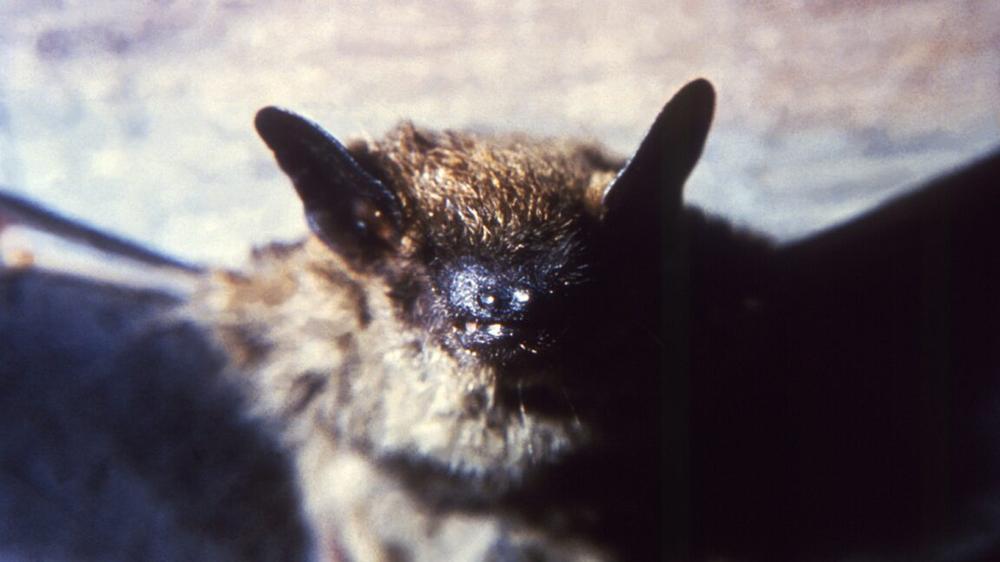Health officials in Wyoming are sinking their teeth into a meaty task.
Over 200 people who stayed in a hotel in Grand Teton National Park between May and July may have unknowingly been exposed to rabies, according to Wyoming Public Radio.
In an announcement on Friday, the National Park Service reported finding evidence of a bat colony in the attic. The discovery was made after there had been at least eight incidents in which guests encountered winged mammals inside the hotel.
Now, the Wyoming Health Department is trying to contact all guests who stayed in a block of rooms under the bat's lair. Specifically, they're reaching out to the over 200 who stayed in rooms 516, 518, 520, 522, 524, 526, 528, and 530 at the Jackson Lake Lodge between May 15 and July 27. It was on July 27 that the eighth bat run-in occurred and the hotel closed the eight rooms.
"Although there were a lot of people exposed in this incident, one positive about it is that we know who 100 percent of those people are," Travis Riddell, director of the Teton County Public Health Department, told Wyoming Public Radio.
In Wyoming, bats are one of the two main carriers of rabies, the other being skunks. But bats are of particular concern because—unlike an extremely obvious skunk attack—people might not be aware of bat exposures.
Inconspicuous risk
The rabies virus generally transmits through saliva via bites and scratches, and bat bites and scratches are easy to miss. The most common bat in Wyoming is the small brown bat, which weighs less than half an ounce on average—though they can look larger due to their wide wings. These teeny bats, with their wee teeth, can leave bites and scratches that are not visible, do not bleed, and are not painful.
While the bats themselves are feeble foes, the rabies virus is a brutal beast. An infection, which can occur weeks to months after an exposure, produces an acute, progressive, brain-destroying disease that is nearly 100 percent fatal.
So far this year, testing by the University of Wyoming has found only two rabies-positive bats out of 259 tested. One of the positive bats was found in a child's bed.
While the incidence is low, officials don't take chances due to the deadly consequences. For hotel guests who slept under the bat colony, a seemingly harmless bat encounter could have gone unreported.
“The chances of even one of [the hotel bats] having rabies or having been exposed to rabies is low, but to me, the death of one person because of something that we could have otherwise prevented is not acceptable,” Riddell said.
In contacting the hotel guests, officials will determine if someone is at risk based on physical contact with the bats or if a guest cannot confirm or communicate if there was any physical contact, such as younger children, heavy sleepers, or people with mental impairments or drug use.
People who have been exposed are advised to get post-exposure prophylaxis, which includes a dose of human rabies immune globulin (HRIG) and a four-dose series of rabies vaccine.

 STALKER 2: nel 2025 arriva l'aggiornamento di Unreal Engine e non solo
STALKER 2: nel 2025 arriva l'aggiornamento di Unreal Engine e non solo